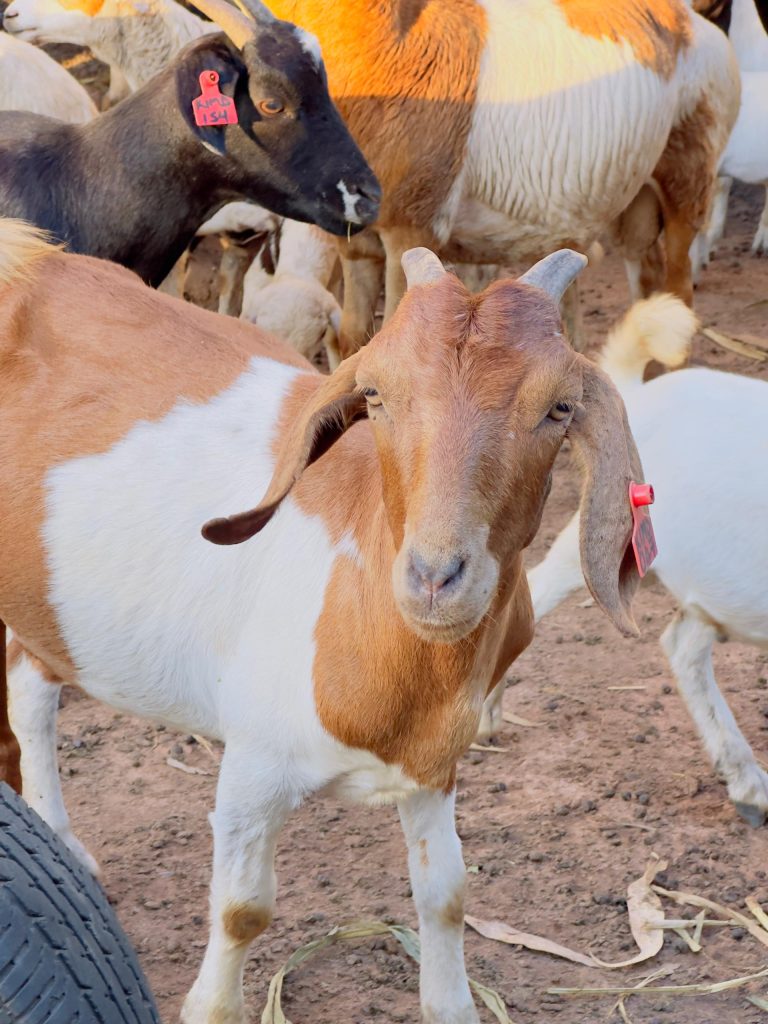Understanding goat behavior is essential for new owners to create a harmonious environment for both you and your animals. In this article, we’ll explore the fascinating world of goat behavior, provide tips for managing it, and inspire you to deepen your connection with these amazing creatures.
The Social Nature of Goats
Goats are inherently social animals. In the wild, they live in herds, relying on one another for safety and companionship. This social structure influences their behavior in domestic settings, too. If you’re considering getting goats, it’s crucial to have at least two. A solitary goat can become lonely and stressed, leading to behavioral issues.
When introducing new goats to your existing herd, take it slow. Gradually allow them to interact in a controlled environment. Observing their body language—like head-butting or playful jumping—will give you insights into their social dynamics.

Communication Styles
Goats are vocal creatures, using a range of sounds to express themselves. From soft bleats to loud calls, each sound can convey different emotions. For instance, a high-pitched bleat might indicate distress, while a deeper, more relaxed sound often signals contentment. Pay attention to their vocalizations and learn to recognize what they’re trying to communicate.
In addition to vocalizations, goats use body language to communicate. Ears pointed forward usually indicate curiosity or excitement, while ears pinned back can signify irritation or fear. Being attuned to these signals will help you respond appropriately to your goats’ needs.

The Importance of Play
Goats are naturally curious and playful animals. They love to climb, jump, and explore their environment. Providing them with plenty of enrichment, such as climbing structures or toys, will keep them physically and mentally stimulated. A bored goat can develop undesirable behaviors, so creativity in their living space is key.
Consider building ramps, purchasing goat-specific toys, or even creating obstacle courses in their pen. Not only will this keep your goats entertained, but it will also strengthen their physical health and agility.

Establishing a Routine
Goats thrive on routine. They feel more secure when they know what to expect in their daily lives. Establishing a consistent feeding schedule, as well as regular times for milking or grooming, will help your goats adjust to their new home more easily.
Pay attention to their reactions during these routines; if they seem anxious or agitated, it may be time to adjust your approach. A calm and structured environment will promote overall well-being in your herd.
Recognizing Signs of Stress
Understanding goat behavior also means recognizing when something is wrong. Stress can manifest in various ways, including pacing, excessive bleating, or changes in eating habits. Common stressors include changes in environment, overcrowding, or even health issues.
If you notice signs of stress in your goats, take a moment to assess their surroundings. Are they comfortable? Is there enough space for them to roam? Addressing these concerns promptly can prevent further issues down the line.
Building a Bond with Your Goats
Ultimately, the more you understand your goats’ behavior, the stronger your bond will become. Spend time with them daily, offering treats, gentle pets, and positive reinforcement during training sessions. This interaction fosters trust and helps them feel secure in their environment.
Creating a relationship built on mutual respect and understanding will not only make your goats happier but will also enhance your experience as a goat owner.

Conclusion
Understanding goat behavior is a vital part of being a responsible and caring owner. By recognizing their social needs, communication styles, and playfulness, you can create a thriving environment for your goats. Embrace the journey, enjoy the learning process, and celebrate the unique personalities of your goats. They have so much to teach you in return!
